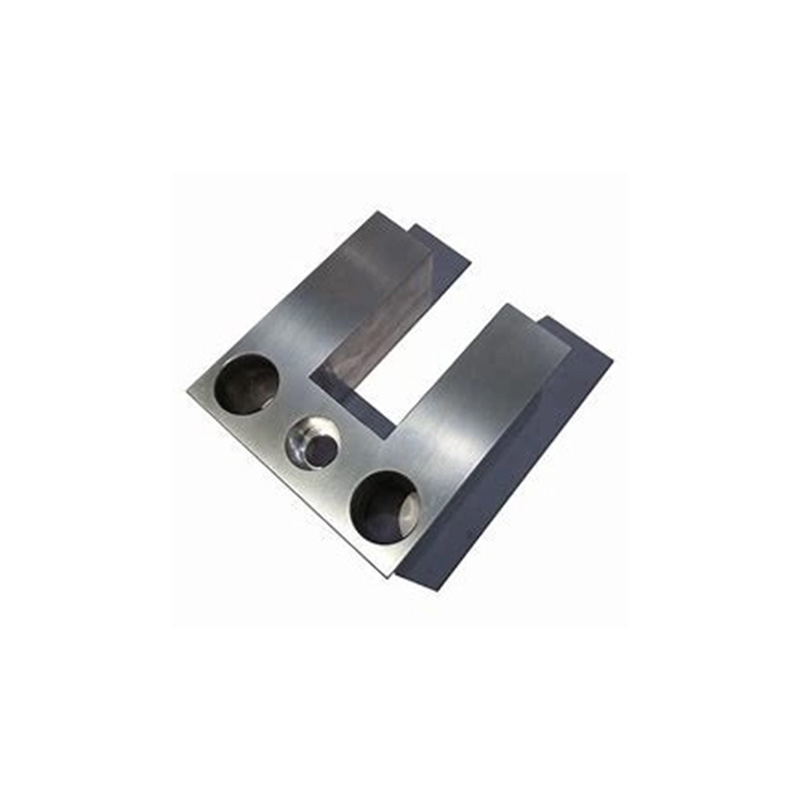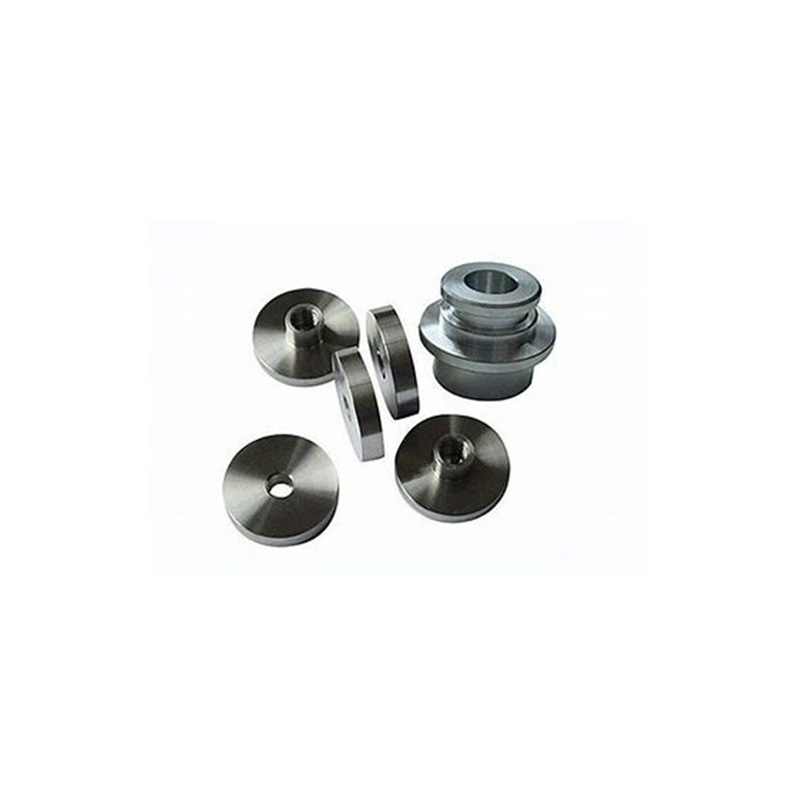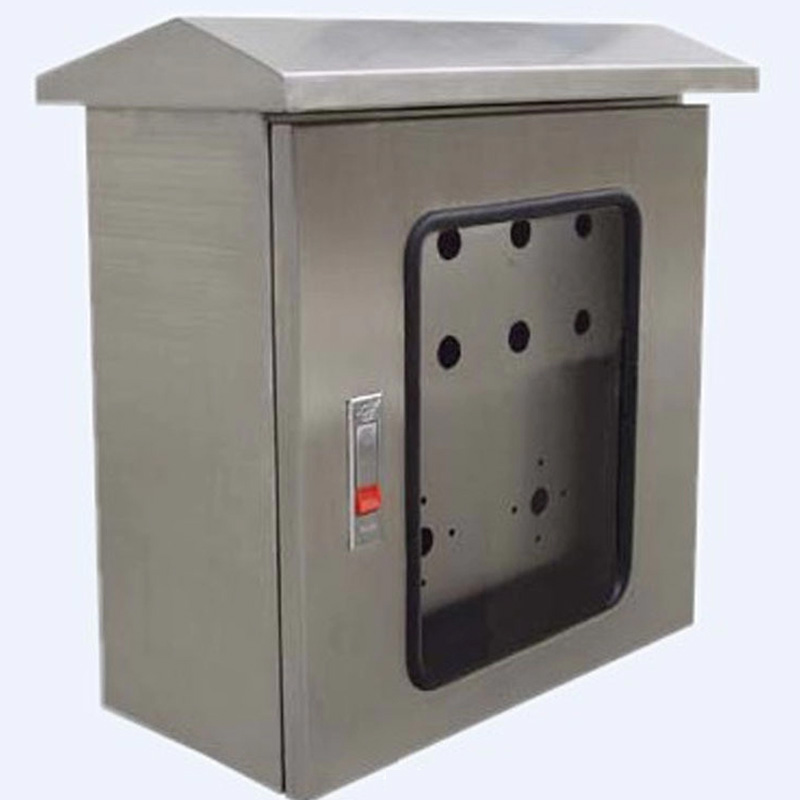Why Precision CNC Machining is a Game-Changer?
In 2025, the global market for precision CNC machined parts reached \$98.7 billion (Grand View Research). Manufacturers now demand micron-level accuracy, especially for aerospace and medical components. But achieving perfection? That’s where strategy matters.
Technique 1: Dynamic Toolpath Optimization
Traditional methods waste 18% of machining time on unnecessary tool movements. Our team recently redesigned a titanium aerospace bracket using adaptive toolpaths, cutting production time by 34% while maintaining ±0.005mm tolerances.
Technique 2: Thermal Compensation Tactics
| Method | Accuracy Gain | Cost Impact |
|---|---|---|
| Passive Cooling | +15% | \$0.12/unit |
| Active Thermal Control | +29% | \$0.38/unit |
Step-by-Step Quality Assurance Protocol
- Pre-machine material hardness verification
- Real-time vibration monitoring (≥500Hz sampling rate)
- Post-process CMM inspection with GD&T mapping
Warning: Never skip tool wear calibration – unmeasured wear causes 63% of dimensional errors (ASME 2024 report).
Case Study: Automotive Sensor Housing
When a German automaker needed 50,000 aluminum sensor housings with 0.01mm concentricity, we implemented multi-axis simultaneous machining. The result? Zero defect batches and 22% faster cycle times versus conventional methods.
Precision Machining Checklist
- □ Verify raw material certificates
- □ Confirm coolant concentration (8-12%)
- □ Run warm-up cycles before critical cuts
FAQs
- Q: How tight can CNC tolerances go?
- A: Advanced systems achieve ±0.001mm for precision CNC machined parts in hardened steels.







